Day 8: Tang Valley - Nunneries, Villages, and Living Heritage
The morning light filtered through my hotel windows in Bumthang, promising another day of discovery. Today we would venture into the Tang Valley, one of Bhutan's most remote and culturally significant valleys, where ancient traditions continue largely unchanged by the modern world.
Journey to Tang Valley
Leaving our hotel, we began the scenic drive toward Tang Valley. The route wound through dense forests of blue pine, oak, and rhododendron, the road twisting and climbing through the mountainous terrain. The winding roads demanded our driver's full attention, but the views were worth every hairpin turn – valleys opening up before us, distant farmhouses clinging to impossibly steep hillsides, and prayer flags strung across gorges like colorful bridges between earth and sky.
Pema Choling Nunnery
Our first stop was Pema Choling Nunnery, perched on a hillside overlooking the Tang Valley. This relatively young institution, established in the 1980s, represents an important development in Bhutanese Buddhism, which has historically been dominated by male monasteries. Pema Choling provides young women and girls the opportunity to pursue religious education and monastic life in a supportive environment.
The nunnery is home to approximately 50 to 60 nuns, ranging from young girls to elderly women who have devoted their entire lives to spiritual practice. The complex itself is modest but beautifully maintained, with traditional architecture painted in the characteristic red, white, and gold of Bhutanese religious buildings. Prayer flags flutter from every rooftop, their mantras carried on the wind across the valley.
Village Lunch: A Taste of Bhutanese Hospitality
From the nunnery, we drove deeper into Tang Valley to a small village where we had been invited for lunch at a local farmhouse. This was to be one of the most memorable meals of our entire journey – not just for the food, but for the genuine warmth and hospitality we experienced.
The farmhouse was a traditional Bhutanese structure, built from rammed earth and timber, with small windows and a large courtyard where chili peppers hung drying in long red curtains. We were welcomed by the extended family who lived there – three generations under one roof, as is common in rural Bhutan.
The meal was served in the family's main living area, a spacious room dominated by a large wood-burning stove that provided both heat and a cooking surface. We sat on low cushions around a traditional Bhutanese table as our hosts brought our food prepared from ingredients sourced from their own land or the surrounding valley.
Wandering and Photographing
The locals were remarkably photogenic and gracious about being photographed. One particularly striking subject was an elderly woman tending to prayer wheels at a small shrine on the edge of the village. Her face was deeply lined, her hands gnarled from decades of farm work, but there was a gentle grace in the way she spun each prayer wheel, murmuring mantras under her breath.

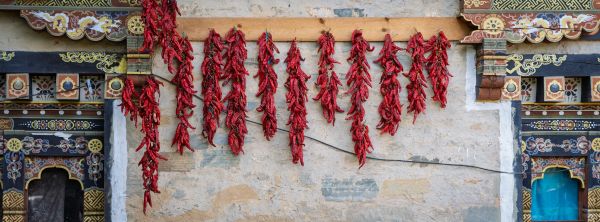
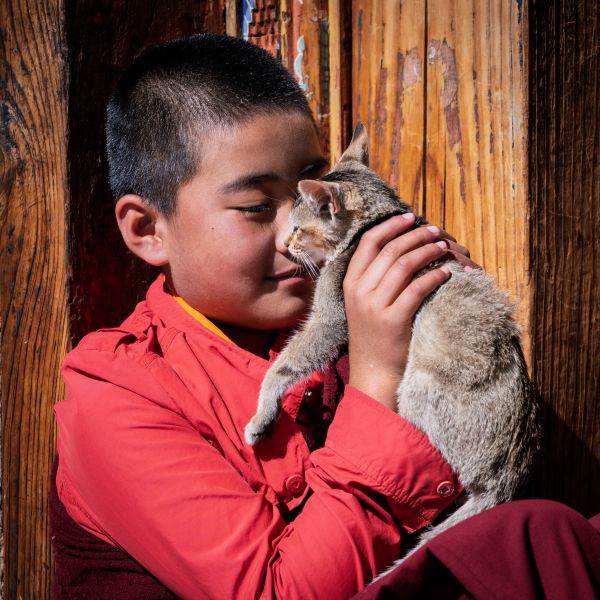
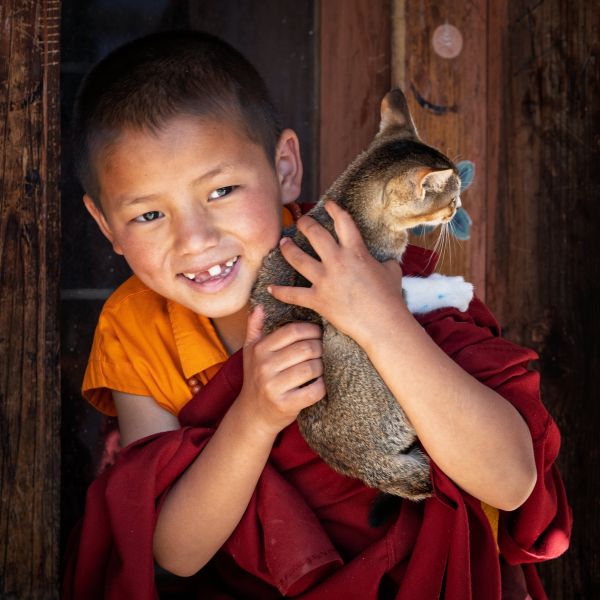
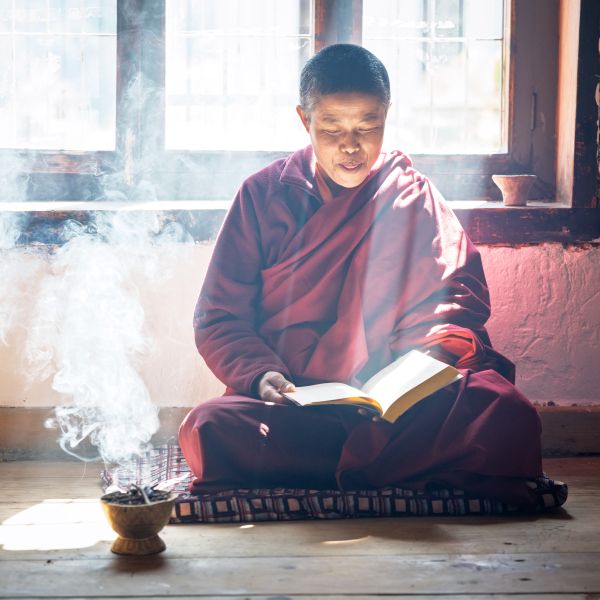
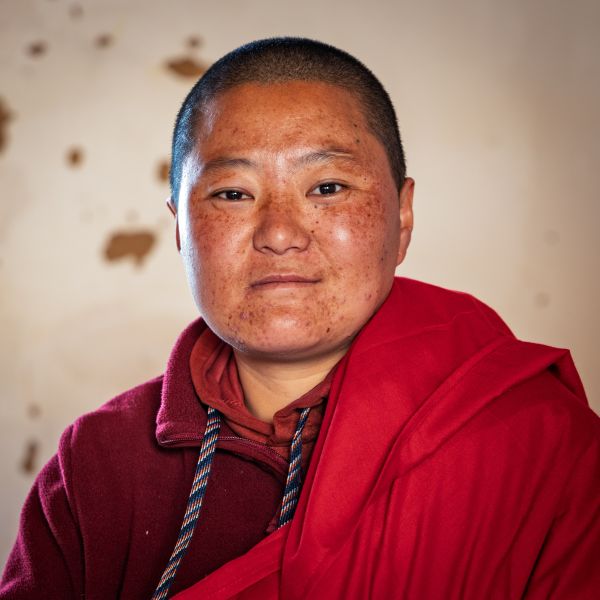
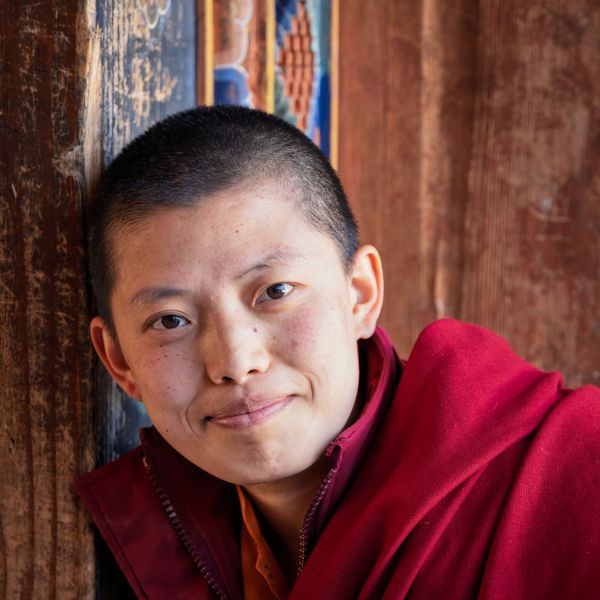
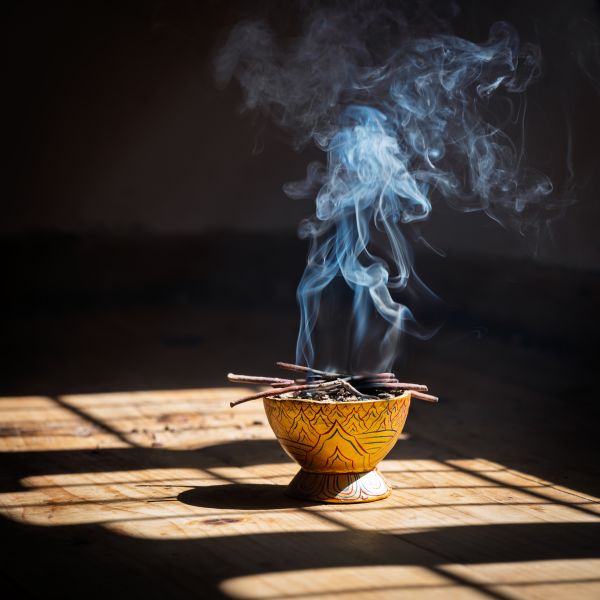
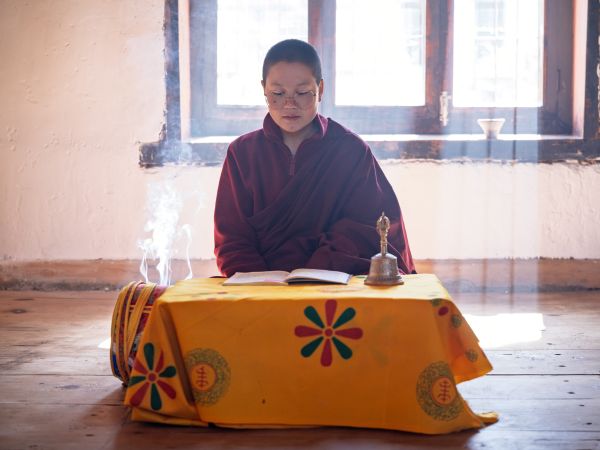
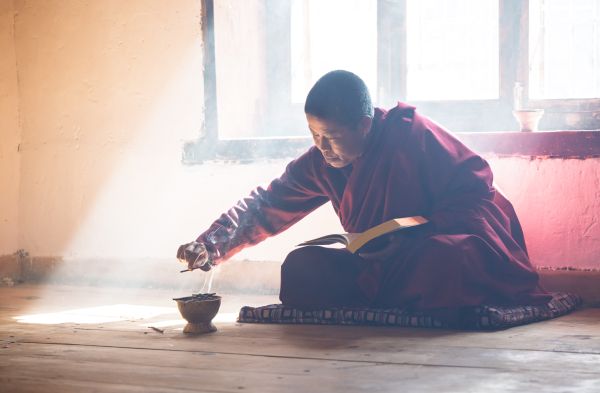
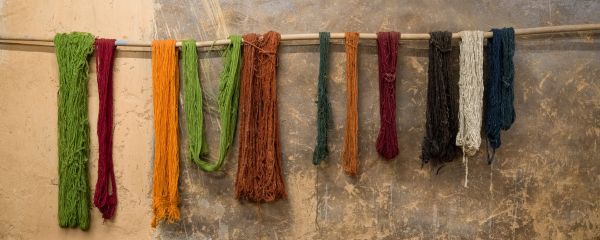
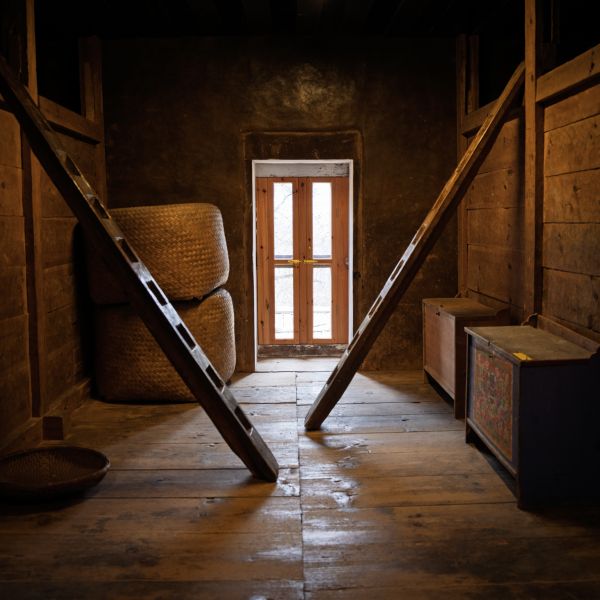
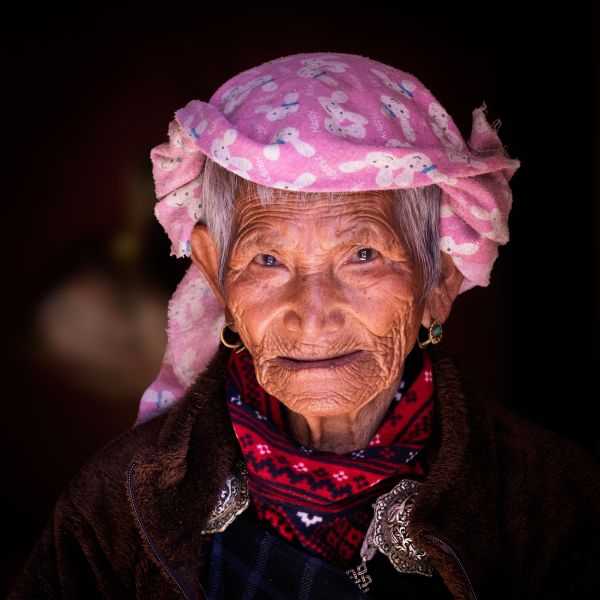
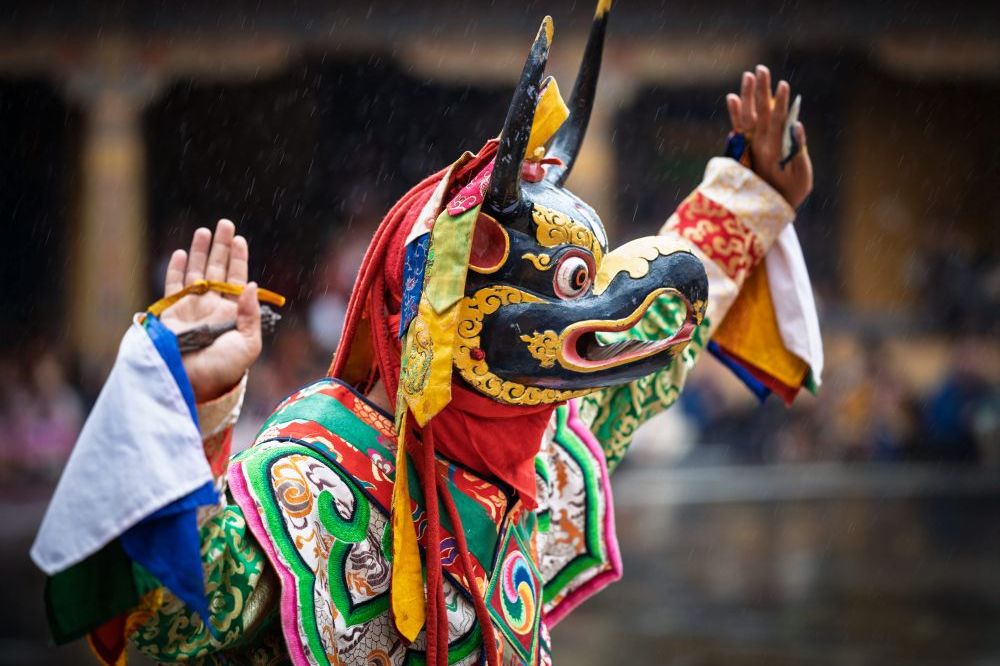
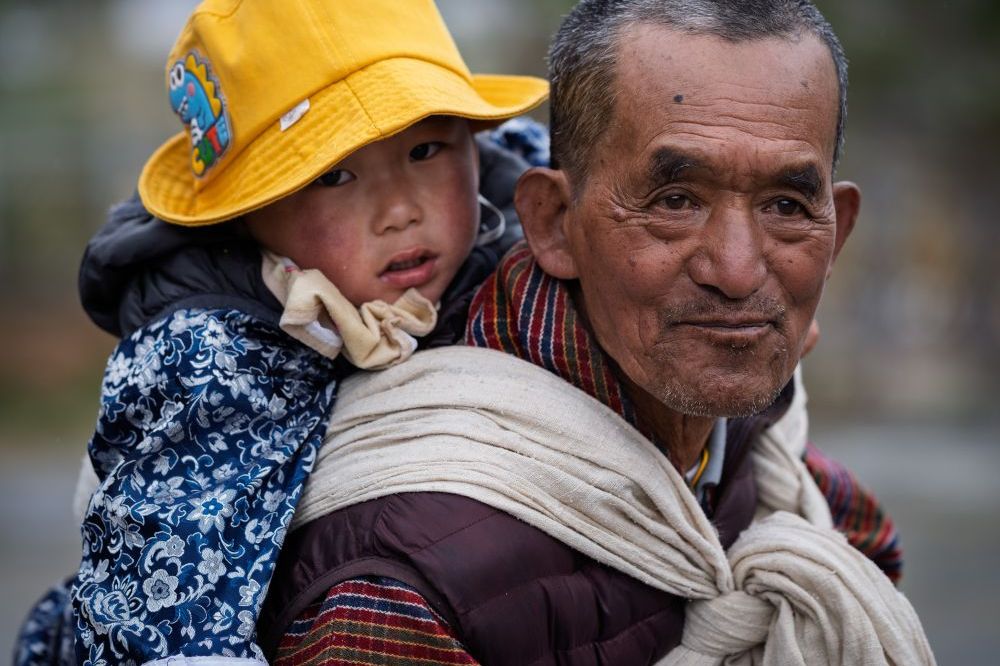
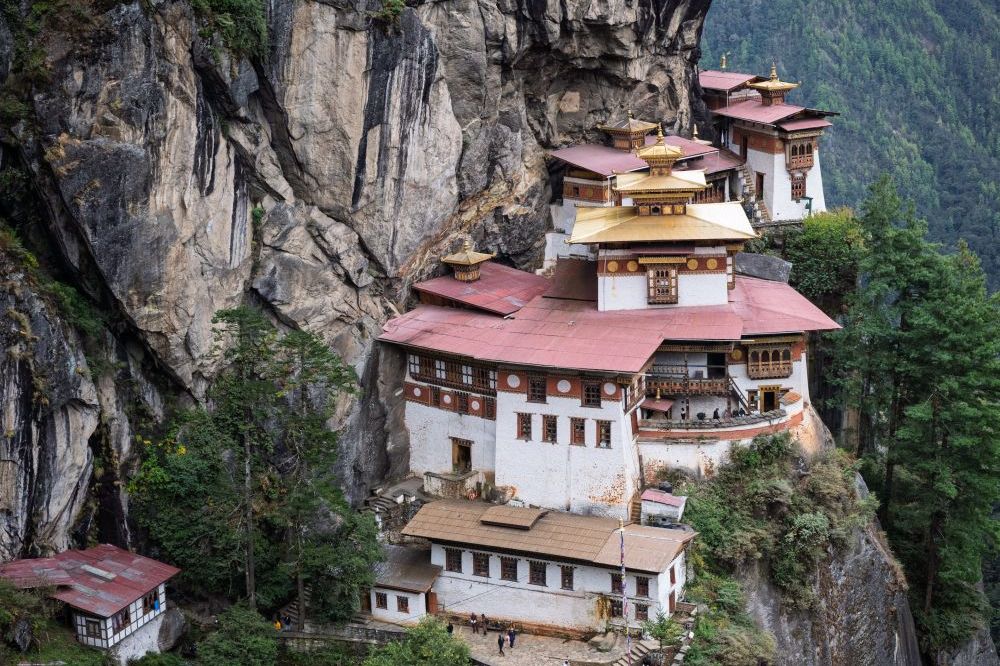
Leave A Comment
Please submit your comment below. No registration required.